KNIT MAGAZINE
- Yarn/Fiber
What is Polyurethane: Exploring Polyurethane's Strength and Versatility

- Post date:
- September 19, 2023 07:00
- (Update: September 3, 2023 21:31)
KNIT MAGAZINE

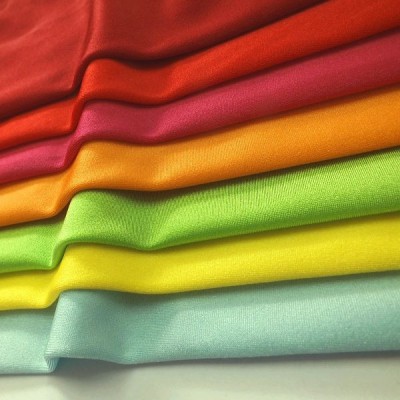
Table of Contents
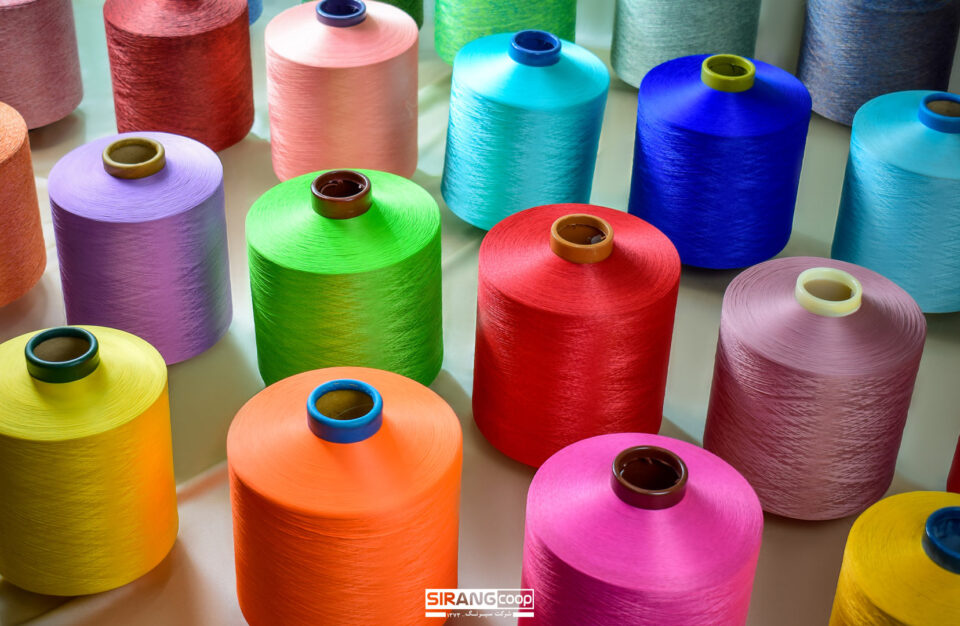
Polyurethane is the only elastic fiber that stretches more than 500% like rubber, and production began in the United States in 1959. By the way, it is called spandex in the United States. Applications in clothing include those requiring elasticity, synthetic leather coatings resembling genuine leather, and other uses such as adhesive resin for fabric bonding without sewing.
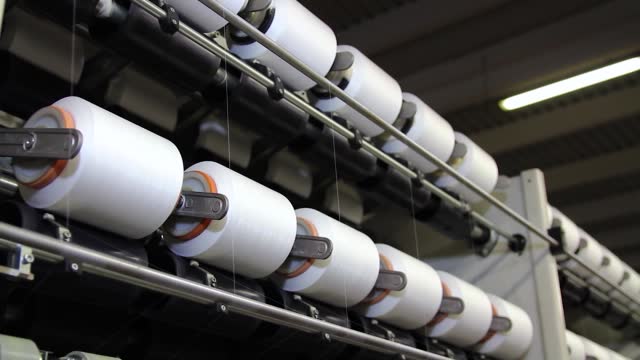
Polyurethane yarn is crafted through a methodical process. Initially, polyurethane polymer is synthesized from diisocyanatos and glycols. This polymer is then transformed into a prepolymer with reactive end groups. Molten prepolymer is drawn through a spinneret, reacting with a curing agent to create solid fibers. These fibers are stretched for enhanced elasticity and heat-set to stabilize the structure.
The resulting polyurethane yarn is wound onto bobbins. Known for its exceptional elasticity, polyurethane yarn is utilized to create textiles with flexible and durable attributes.
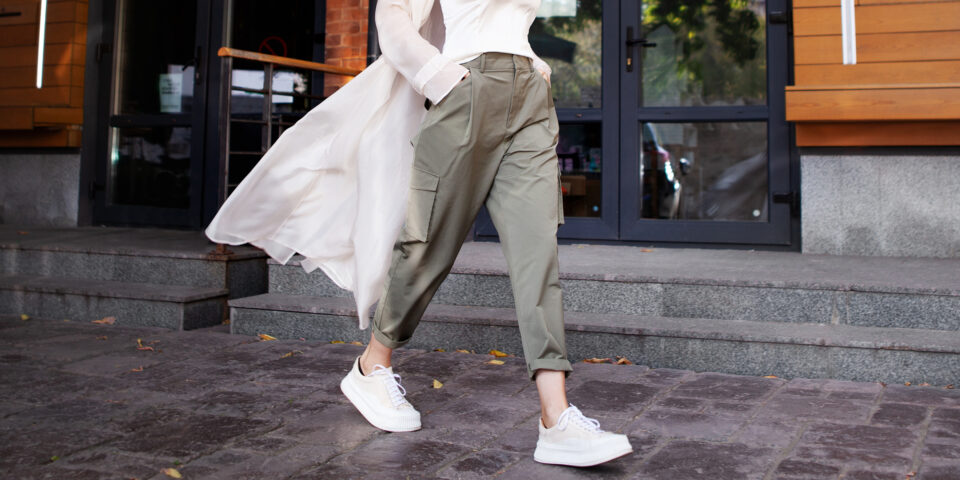
Polyurethane is highly beneficial for imparting stretch to clothing, yet it harbors a significant drawback — its limited lifespan. This material utilized in garments possesses an inherent vulnerability, gradually undergoing decomposition over time due to the presence of body fats, airborne moisture, atmospheric gases, heat, and ultraviolet rays. This process is referred to as “deterioration over time.” Although estimated to occur within approximately 2 to 3 years, the duration might be shorter based on usage circumstances. Hence, it’s crucial to grasp that polyurethane materials will degrade even when not actively worn.
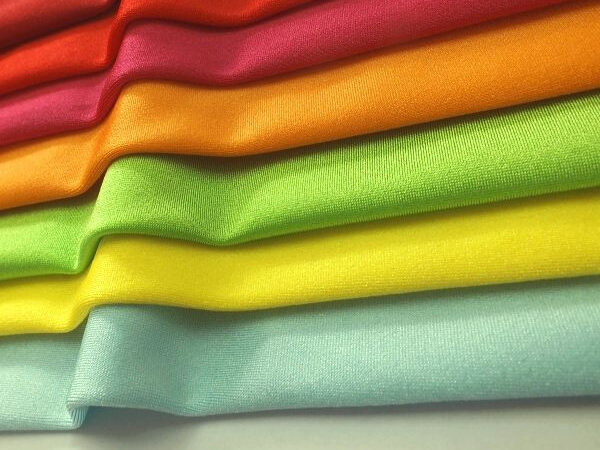
It is not only characterized by deterioration over time. I will explain how polyurethane stands out as an excellent material when compared to elastic rubber.
With superior elasticity compared to rubber, polyurethane enables the creation of elastic fibers that harness elasticity to the fullest through blending. Additionally, its capacity to produce finer fibers than rubber makes it exceptionally versatile. Unlike rubber, polyurethane can be dyed with ease, a vital attribute for clothing.
Furthermore, polyurethane boasts greater strength than rubber, with a resilience that ranges from 450% to 800% stronger than rubber.
Polyurethane, or spandex in the US, is an elastic fiber stretching over 500%. Created in 1959, it’s used in stretchy clothing, synthetic leather coatings, and fabric bonding. To make polyurethane yarn, polymer synthesis, spinning, and curing create elastic, durable fibers. Its drawback is a limited lifespan, degrading due to various factors over 2-3 years. Nonetheless, polyurethane excels over rubber with superior elasticity, finer fibers, easy dyeing, and 450%-800% greater strength.
Subscribe Now
To receive the latest updates and insights, subscribe to our newsletter.
Contact Us
For further inquiries regarding this article, please feel free to contact us.